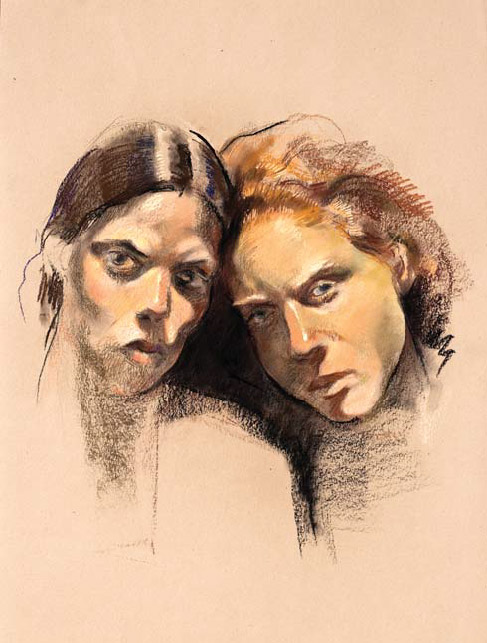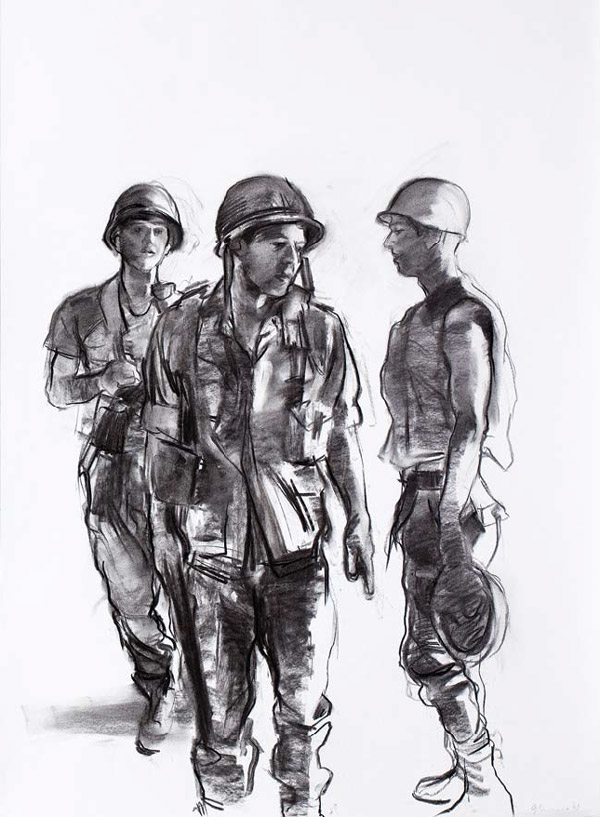
Drawing and painting the figure has been the focus of Laurence's illustrious career, which has spanned over three decades. Born in New Jersey to Holocaust survivors, Laurence moved to England at age 4, ultimately attending three art schools there before receiving his master's degree from the New York Academy of Art and moving to New Mexico. “I became very interested in learning the skills of drawing and painting that I had observed in many classical paintings,” says the artist, who connects the classical with the contemporary in his oil paintings.




I feel free to make a mess if necessary, and find out what will or will not work visually in trying to bring my inner world into the outer world.

I make sketches to explore visual thoughts. Drawing is a learned language, both for the artist and the viewer, just like the alphabet. I believe it is much older than speech. We were describing the world by making marks in the ground with sticks a long time before we were uttering words. Sketching is a step towards understanding how I see the world through my own visual language.
I usually draw with charcoal or pastel. For years I used to draw with a pencil but I find charcoal quicker. I also do painted sketches in oils on canvas paper.
If I am not life drawing, I make sketches at the start of my project to explore its possibilities. Thinking a painting is not the same as making one. The idea has to be physically drawn for it to exist.
Sketches are models for the composition and light in my paintings. I am also made aware early on of the possible problems I might encounter in making the painting, so I can prepare myself for the particular troubling or difficult passage and make changes in the painting because of what I learned in the drawing. They are my early warning system!
With sketching, I get the same benefits a writer gets from keeping a diary. Sometimes I am made aware immediately of whether the model will have problems holding the pose or if it is too uncomfortable for them to hold — models will try their very best to give the artist what he wants despite their obvious pain — and can make changes based on their relatively short time spent with the pose before I commit to many hours of painting it.

I feel free to make a mess if necessary, and find out what will or will not work visually in trying to bring my inner world into the outer world. I don't get pictures in my head, complete and ready to paint. They are more like feelings or impulses — messages from beyond, if you like. No one is going to see my sketches unless I specifically show them, so I feel unrestrained by that awful and scary word ART.
There are some days when I don't draw. I have been making figure sketches on a weekly basis for at least 40 years, hardly ever missing a week. Life drawing is, in my opinion, a necessary form of practice, like a pianist playing scales on a piano. If I miss drawing for a week, my drawing ‘muscle’ diminishes. It's amazing how quickly my drawing ability is affected when not continually practiced.
